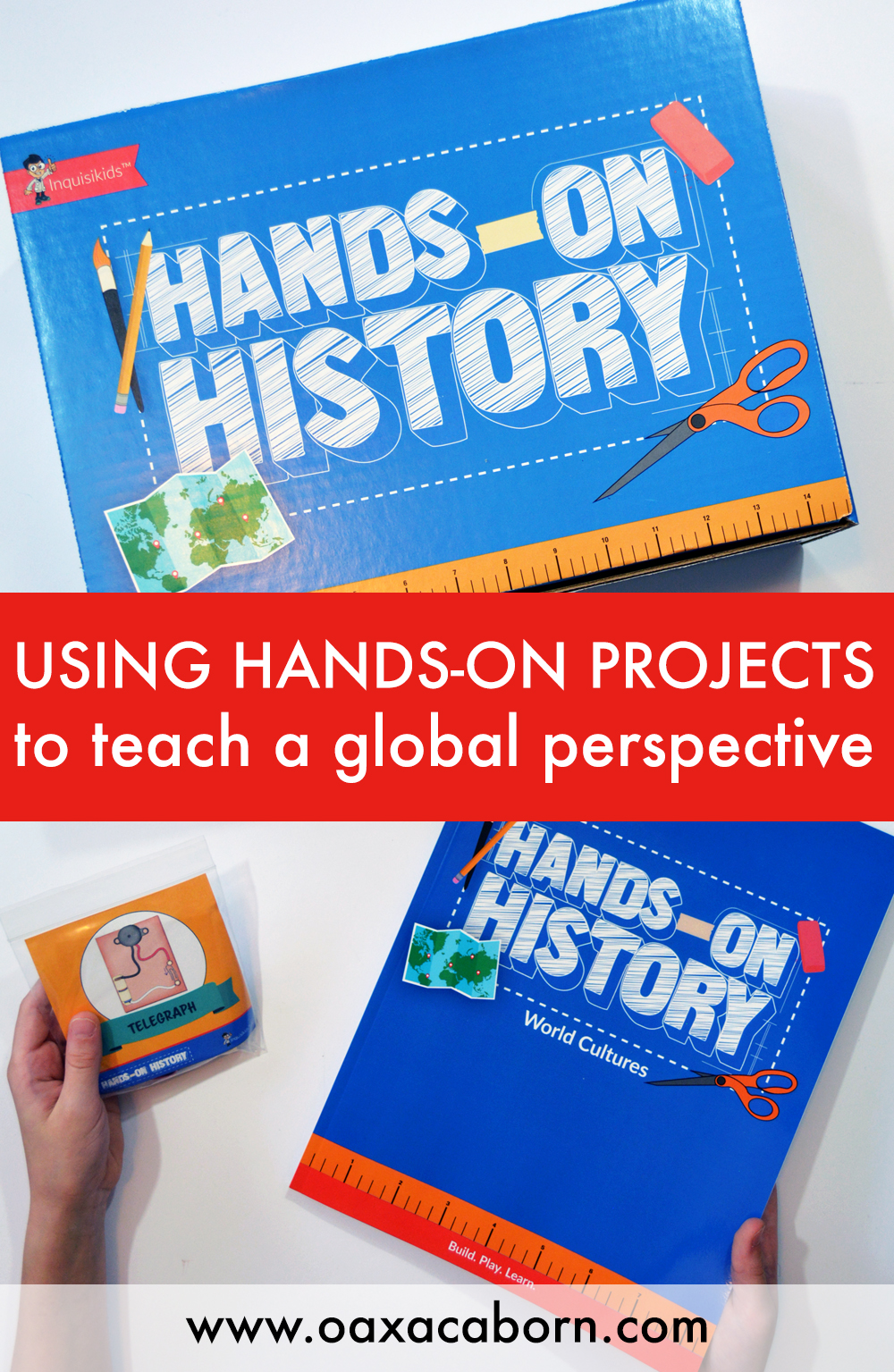
Disclosure of Material Connection: I received a complimentary Hands-On History Project Kit from Sonlight Curriculum in exchange for writing and publishing this post. Aveline’s outfit is compliments of Mabo Clothier. All opinions are my own, and I was not required to write a positive review.
Homeschoolers love to talk about the best way to teach homeschool history. Everyone has an opinion, right? If you’re new to homeschooling — actually, even if you’re not! — it’s easy to feel overwhelmed. Searching Pinterest for hands-on history project ideas, for example, can be like drinking from a firehose. Phew.
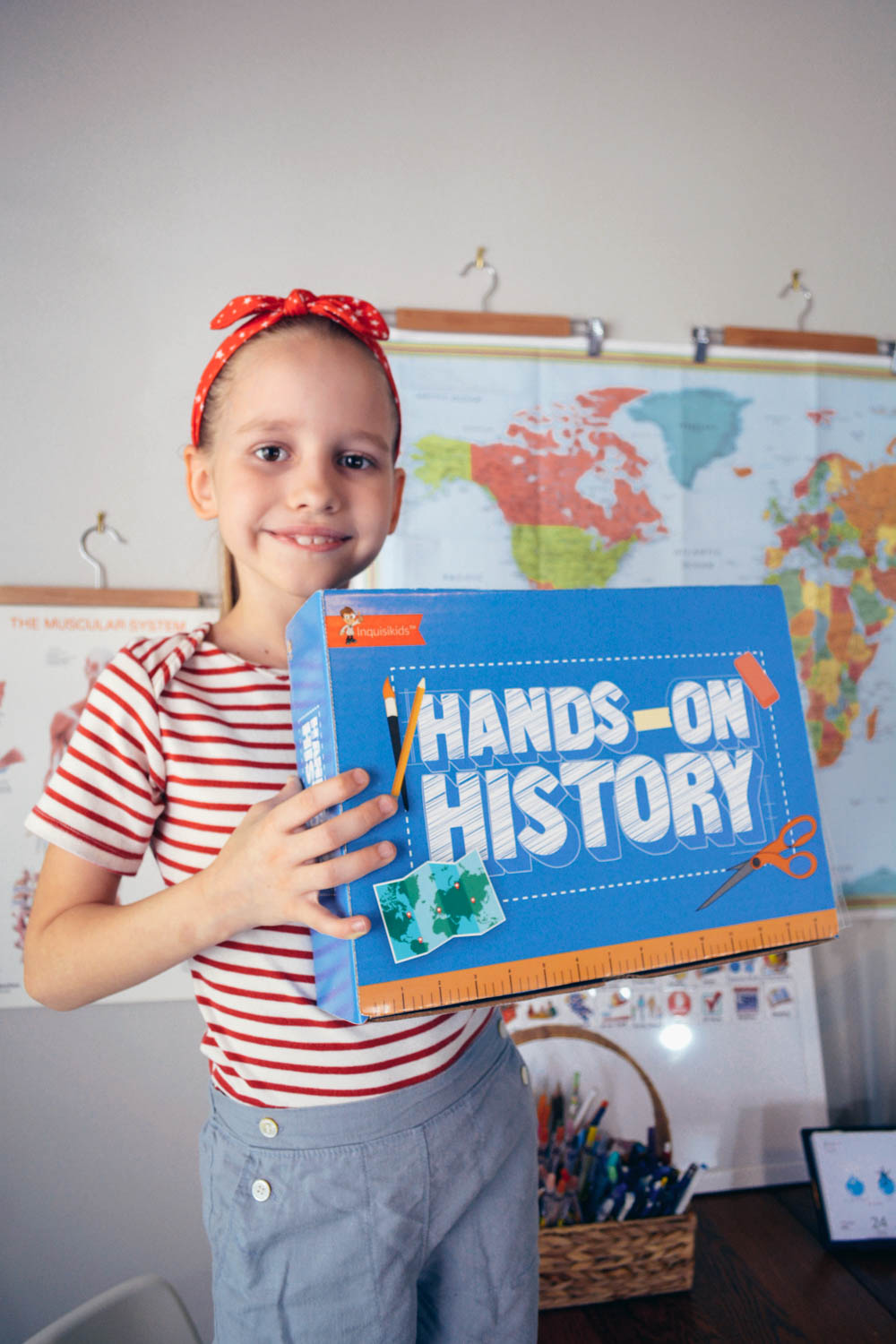
History is tangled up in worldview, so approaching history with a healthy and balanced perspective is so, so important. But how do we achieve balance? Do we teach chronologically and classically? Do we use a timeline to teach history? Do we need to memorize the timeline? Do we use the Expanding Horizons model of teaching social studies and history and start with what’s most familiar to the child, ever so slowly expanding outward? How many years of emphasis do we need to place on American history?
What about the fascinating riches hidden in the history of the entire Eastern hemisphere? What do we do to learn about the history of continents we as Americans really, honestly, are utterly ignorant about — like Africa and Australia? How can we make sure we’re making diverse homeschool history choices? (After all, there’s a whole swirling globe out there beyond the relatively small sliver of space and time U.S. history takes up on the world stage.)
So how do we tackle it all?
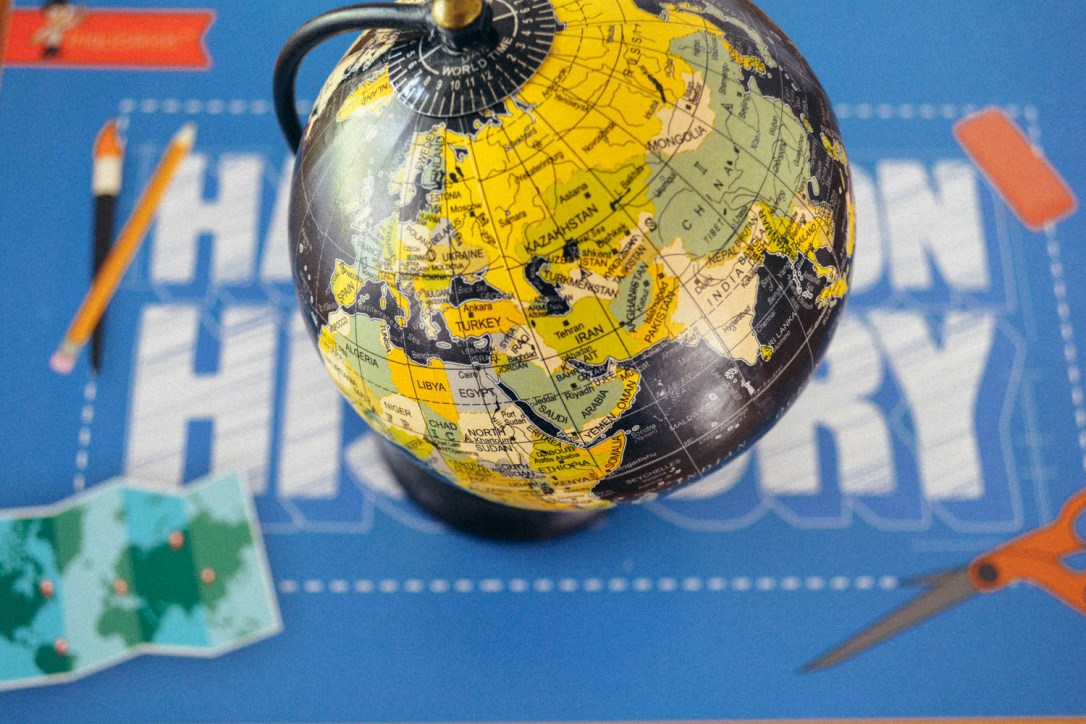
What method is best for teaching homeschool history?
Do we use living books? Textbooks? Encyclopedias? Unit Studies? Historical Fiction? Primary sources? A hands-on approach? Notebooking or narration? Oral reports or written summaries? How many projects do we incorporate?
What if I love reading aloud, but my child needs to keep her hands busy? Can a literature-based approach to teaching history integrate smoothly with a hands-on approach to teaching history? (Yes. Absolutely. Stacks of good books and crafty hands-on history projects are truly a stellar combination.)
But really, what’s the best way to teach homeschool history?
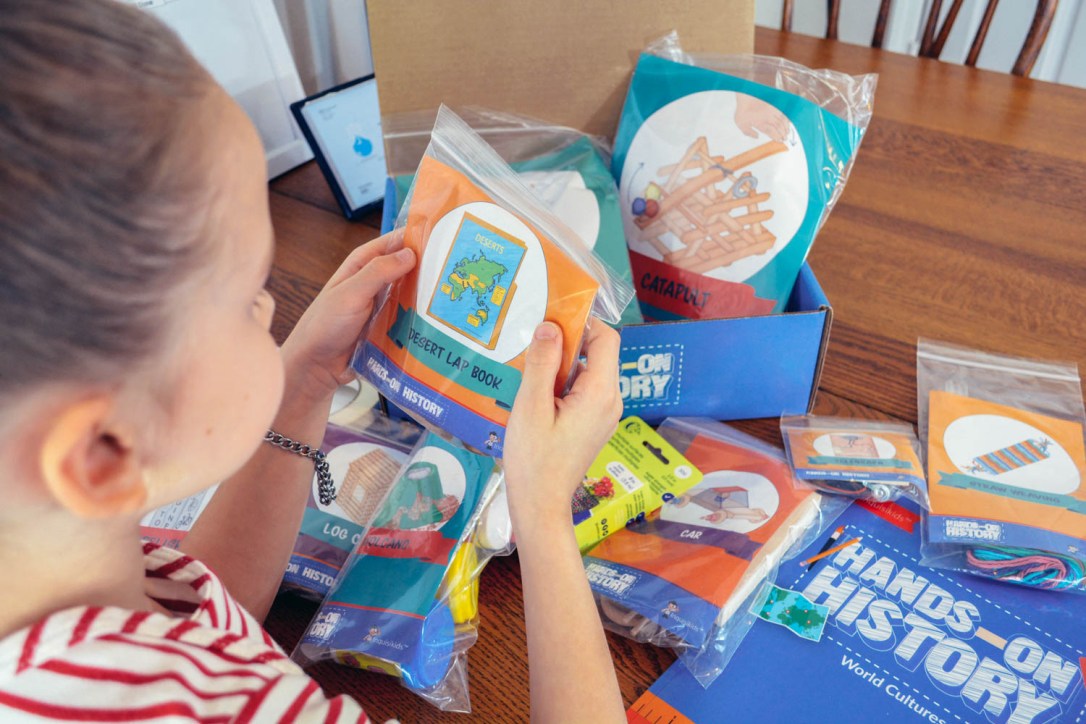
The best way to teach homeschool history is from a global perspective.
And you thought I was going to tell you exactly what method to use and how to arrange and plan your history chronology!
The truth is, every kid is totally different. Homeschooling affords each of us the tremendous privilege of customizing an individualized educational plan for each child, because we know a standardized approach doesn’t always always work. A method that’s successful for one child might feel like torture to another child.
Curriculum preferences — or how you implement the curriculum — might change from student to student or from year to year, yet the one constant truth about homeschooling history is this: we need to approach it with a global perspective.

In fact, the best way to teach any homeschool subject is with a view of the larger world in mind. (Read my top seven reasons to homeschool from a global perspective.) Jesus was pretty clear about the “all the world” thing. (Mark 16:15) And heaven? “Every nation, tribe, people and language” is represented! (Revelation 7:9). A global perspective is not political, it’s biblical.
But history, especially, is a subject which needs to be taught with a global perspective — otherwise it’s myopic and short-sighted. If we’re only tackling history from one side of the coin, from one perspective, we aren’t getting the full picture. Proverbs 18:17 reminds us, “The person who tells one side of a story seems right, until someone else comes and asks questions.” (NCV) “True wisdom has two sides”, advises Job 11:6 (NIV).
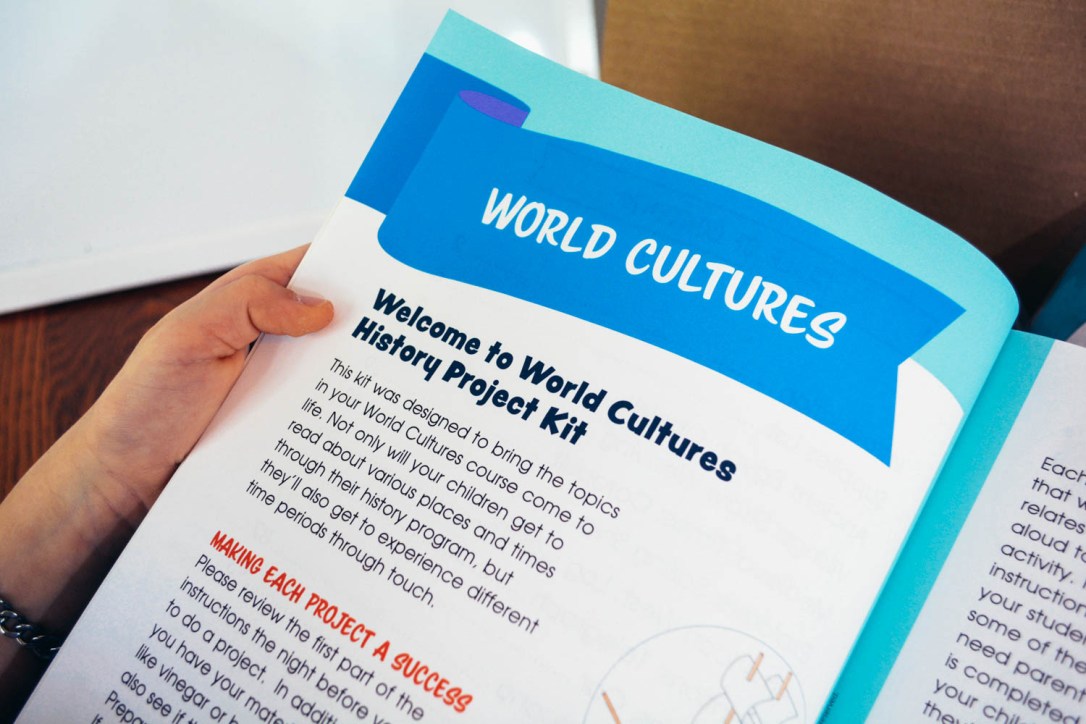
But isn’t world history too complex to present globally to a small child?
The Expanding Horizons model of teaching history, popularized by John Dewey in the 1930s, argues children can’t comprehend the larger world right away, and instead need to slowly build up to a global perspective. (I beg to differ.) This model of history education introduces students first to their own family, then their community, their state, their country, and finally the world.
My friend Megan, a homeschool blogger and avid Instagrammer @schoolnest, pointed out to me that the state of Michigan’s public education system takes six full years — K, 1, 2, 3, 4, and 5 — to expand students’ horizons slowly outward from “Myself and Others” before reaching the broader international world. It’s somewhat shocking, isn’t it? During those first six years, Michigan Social Studies standards do not reach beyond the local community and the United States. Wow! Not until sixth grade students are introduced to World Geography; and finally in seventh, World History.
Friends, this is much too late.
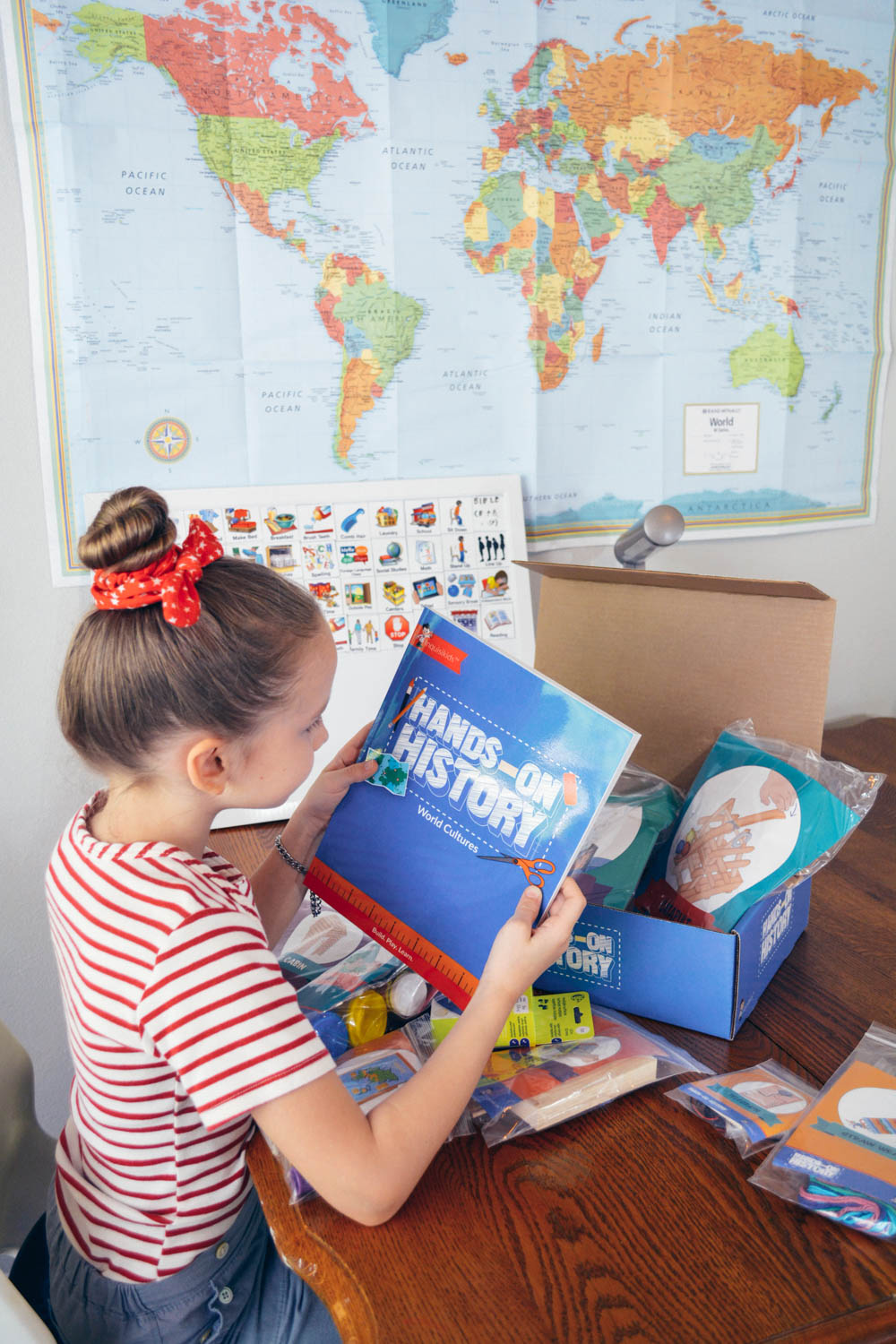
To nurture empathy in our kids and raise compassionate world-changers, we need to actively counteract the constant me-first, egocentric messages which culture is constantly repeating. And we can’t wait until middle school to remind them of the 197 million square miles beyond their own yard. Anyone who has been around kids any length of time knows this: kids don’t need encouragement to focus on themselves. On the contrary, they often need a loving challenge to think of others, instead! Elsewhere, when talking about how to nurture empathy, gratitude, perspective and contentment in kids, I’ve written —
“It’s almost impossible to maintain a self-centered or entitled point of view if we are consistently being challenged by ideas and experiences—literary or real-world—which encourage us to look beyond ourselves.”
Introducing kids to the great, big, wonderful world — in all its God-given cultural diversity and splendor — is a terrific antidote to a self-focused worldview. And we can do this right away, using the kinds of activities kids already love. (It’s easier to get started than you think.)

How to use Sonlight’s Hands-on History Project Kits to introduce the joys of world history and cultures
If you’re struggling to begin helping your kids make the connection to the larger world, don’t be intimidated. Whenever it seems like a big leap to an abstract concept, start out with something concrete and tangible. (This is a great rule of thumb for teaching math, too.)
Sonlight’s hands-on history kits are the perfect concrete and tangible way to teach world history and cultures — and nurture a global worldview in the process. Why projects? Hands-on projects bring the abstract from out there to right here.
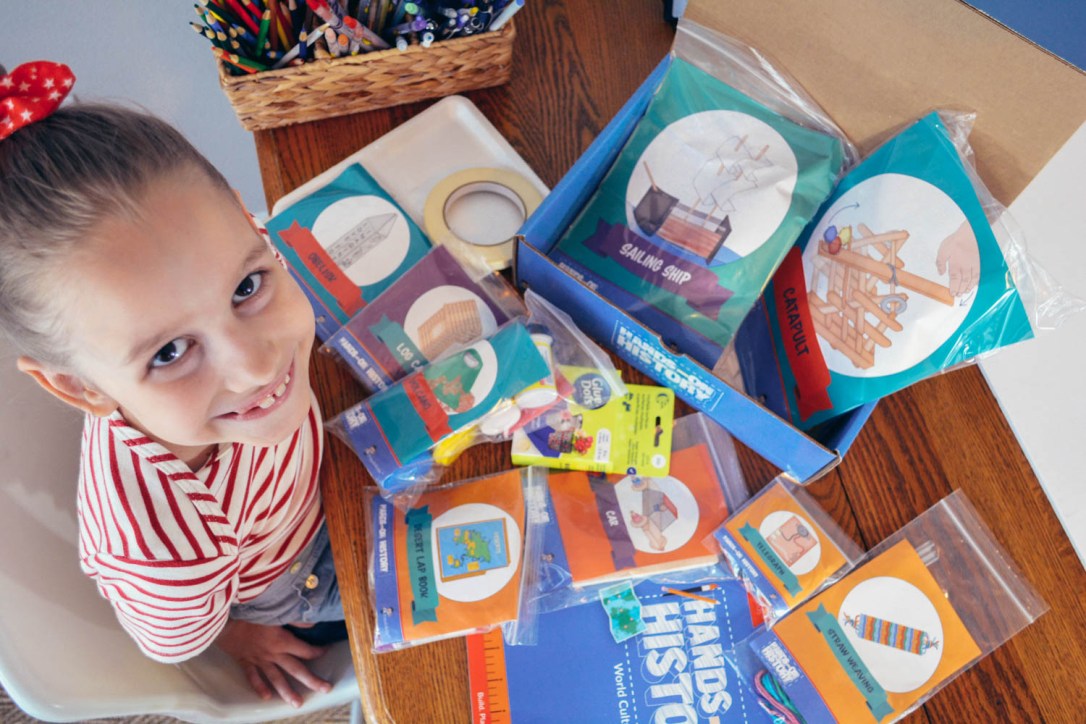
And of course, few children say no to the opportunity to dive headfirst — or hands-first — into a tactile activity. (Just think of how many times you’ve had to say “please don’t touch that!”) Kids love to learn by doing!
I shared a sneak preview of the World Cultures History Project Kit on my Instagram stories recently, and a lot of you were curious.
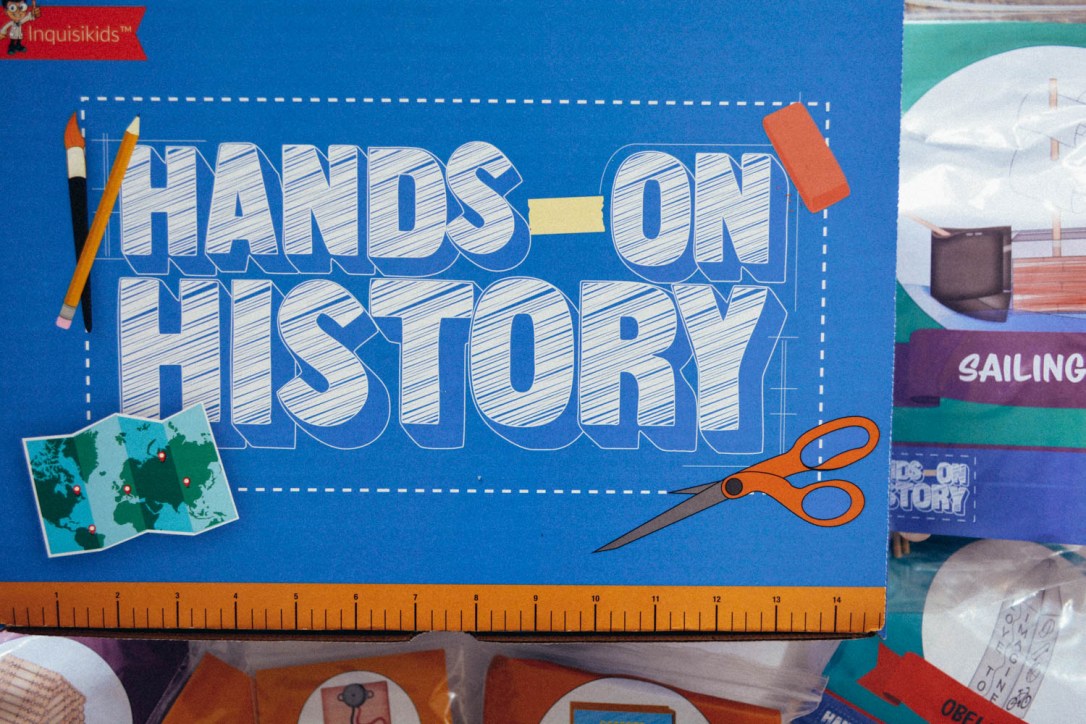
Are these kits still useful to me if I don’t use Sonlight?
A resounding yes! The history craft projects in this kit can be used alongside any curriculum. The projects are terrific enrichment activities no matter what history method you use. (And if you’re using Sonlight History / Bible / Literature Levels A or B, you’ll see these projects already scheduled in as optional activities in the newest version of the Instructor’s Guides.)
We’ve already completed both Levels A and B in our homeschool, but these project kits are brand new. Since we just can’t get enough of world history or learning about global cultures, we’re back again to take on the projects!
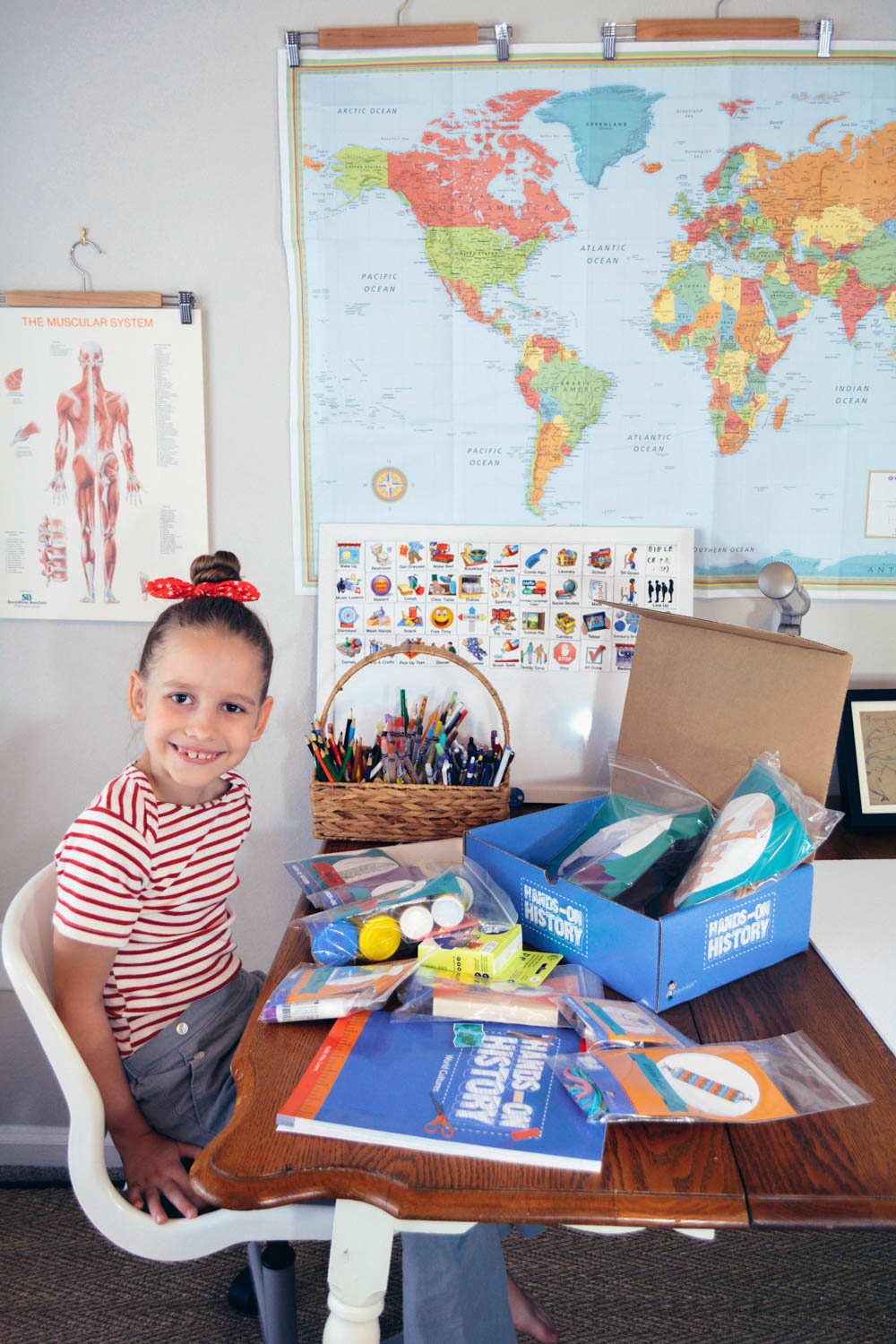
What history periods do these kits cover?
So far, there are two kits:
- the World Cultures History Project Kit — this is the one pictured — covers a broad overview of history, geography, and cultures (from Egypt to the invention of the motor vehicle), and
- the World History Projects Kit, which corresponds to both ancient history and existing modern culture (i.e, yurts and Chinese dragons).
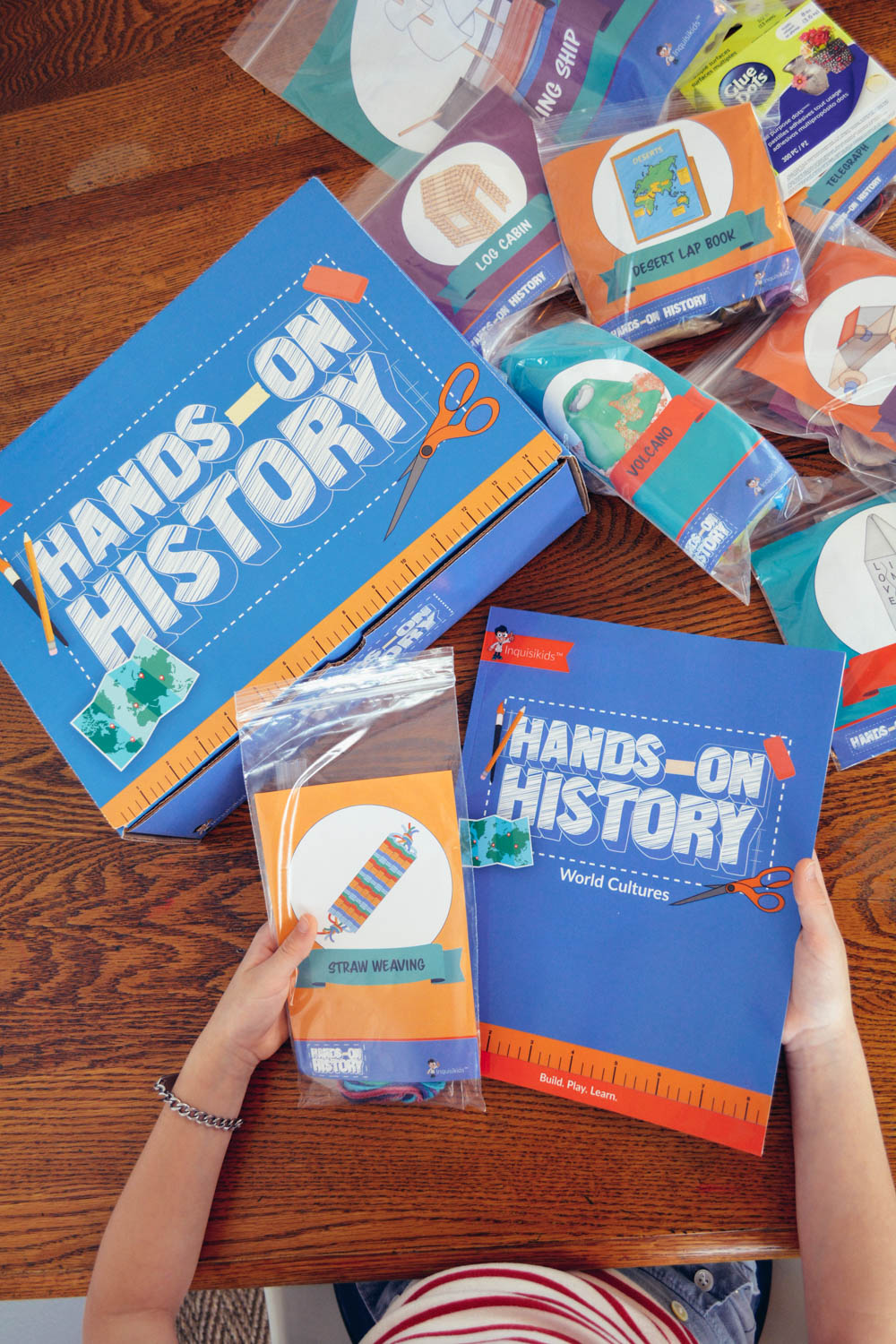
What craft projects are included?
The complete list of World Cultures History projects is here, and the complete list of World History projects is here. (They’re so fun!)
Does the kit include everything I need to make these projects?
Yes! That’s the brilliance of it.
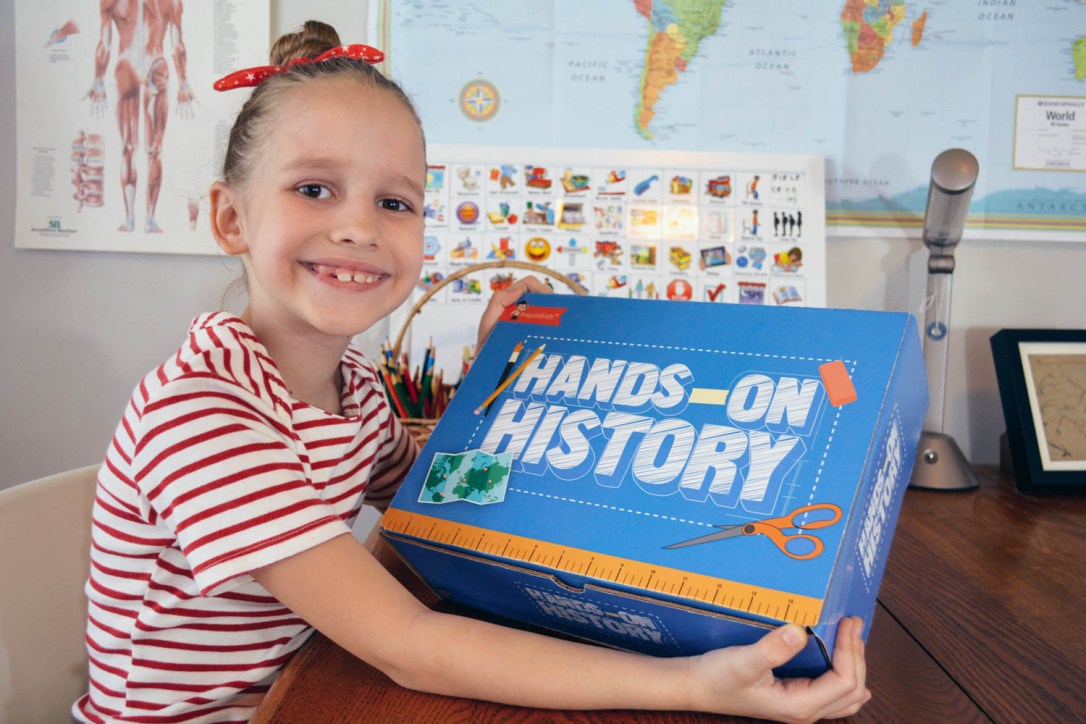
Does it include adequate directions so kids can work independently?
Each kit contains a large 100+ page full-color illustrated softcover book, chock-full of diagrams for each step of the way. Depending on the age of your kids, you may need to lend a helping hand, but this book is incredible!


How much does each kit cost?
These cost $64.97 per kit. Each kit makes NINE projects, so the math comes out to just $7.22 per project. If you’re like me, you probably can’t saunter into Hobby Lobby with $7.22 and walk out with all the supplies you need for a hands-on history project! (Plus, last time we needed popsicle sticks, I bought a box of 1000 and ended up with about 919 leftover, 732 of which spilled on the closet floor immediately.)
Another bonus: since there there are 9 projects, we can tackle a new hands-on history project every 4 weeks for an entire 36-week school year. (I can’t find any subscription-based project kits for $7.22/mo, can you?)
You can read more about these terrific Hands-on History Project kits on the Sonlight Curriculum website.
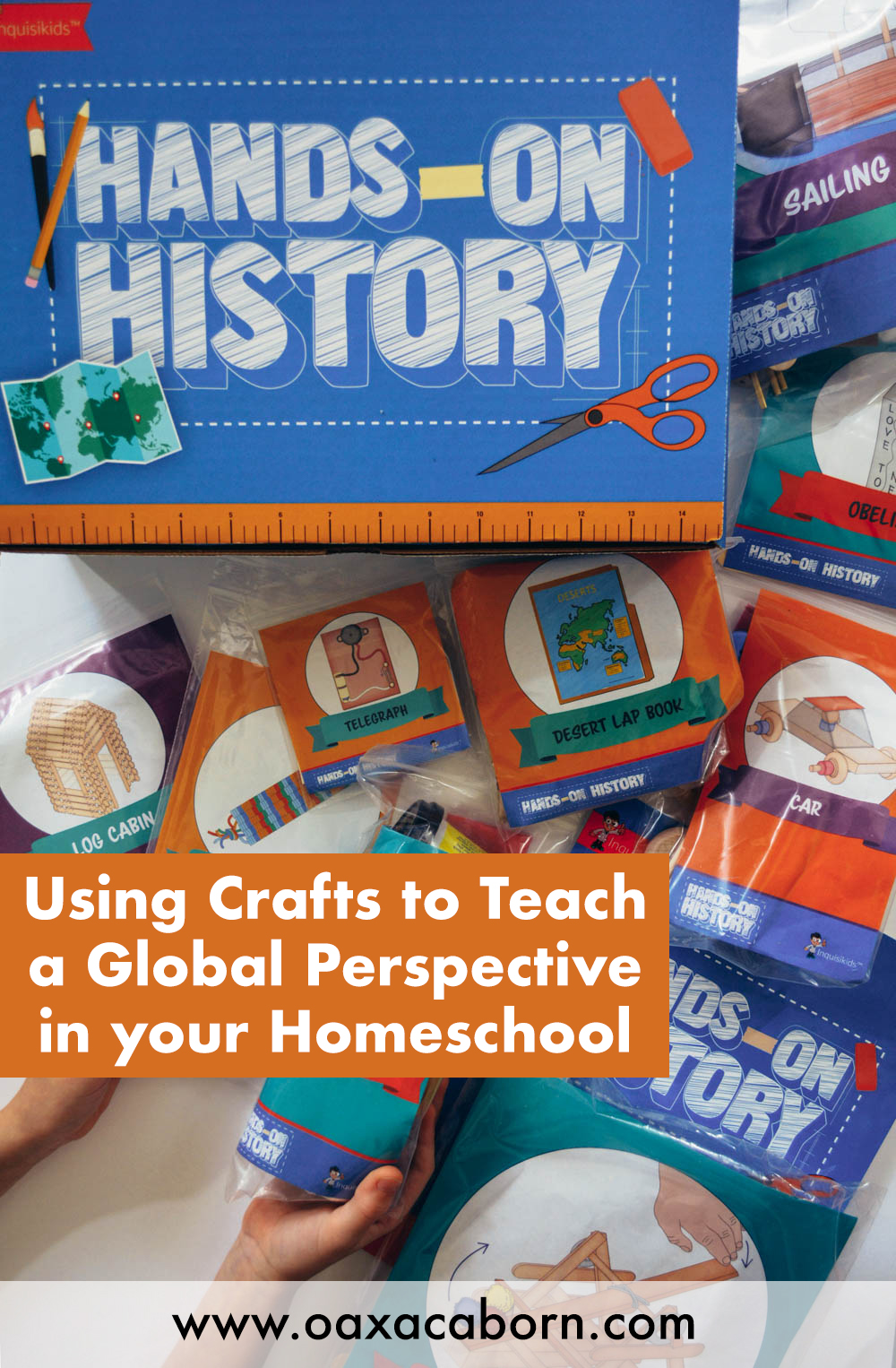
What’s your favorite way to integrate a global worldview into your homeschool history studies?
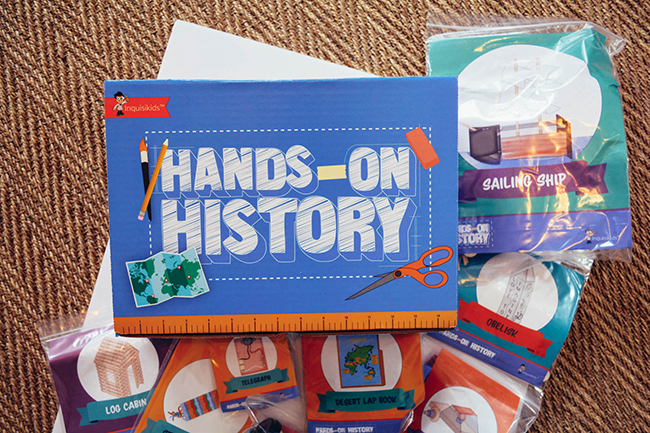



3 thoughts on “Using Hands-on History to Teach a Global Worldview in your Homeschool”